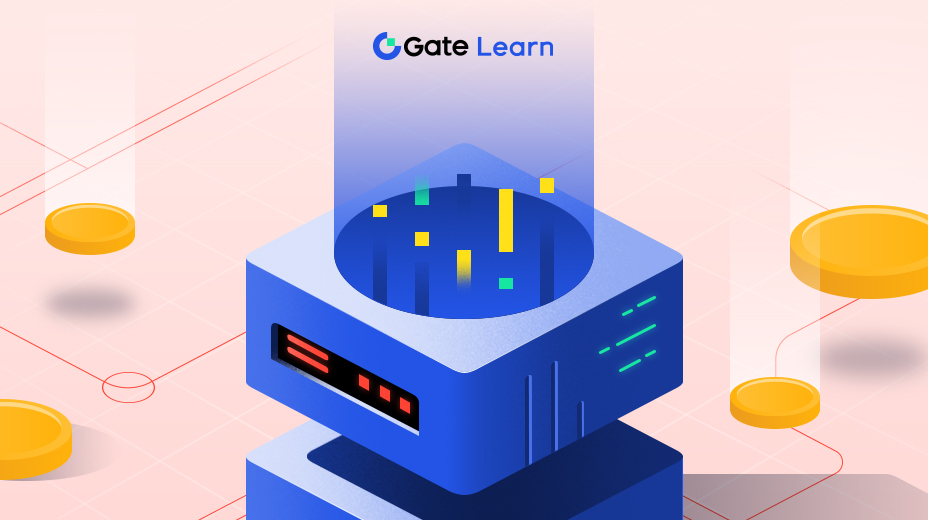總結與未來展望
最終模塊概述了Monad的前瞻性路線圖,包括其通往主網的途徑,漸進式去中心化計劃,治理和長期可擴展性。它還突出了社區參與、可用資源以及如何參與其中——無論是作為開發人員、驗證者還是生態貢獻者。
未來路線圖
隨著Monad接近主網啟動,其路線圖反映出一個專注、分階段的方法,旨在安全擴展、支持建造者,並逐步實現網路的去中心化。雖然自啟動以來該項目取得了相當大的進展—最終導致公共測試網的發布—但其長期戰略集中在提供支持下一代可擴展的、鏈上應用的產品就緒的第一層協議。
測試網路迭代和反饋整合
2025年初推出的當前公共測試網是Monad發展生命週期中的重要一步。其目的是雙重的:在實時環境中驗證核心協議,並從開發人員、驗證人和工具提供者那裡收集可行的反饋。在此階段,Monad通過監控壓力條件下的性能並解決邊緣情況的錯誤,來完善樂觀並行執行、MonadBFT和MonadDB等核心系統。
測試網絡同時也作為即時dApp實驗的基礎。鼓勵開發人員部署他們的應用程式,測試工作負載並分享反饋。這種合作過程有助於Monad改善開發者的人體工程學,RPC基礎設施和EVM兼容性。
即將進行的測試網升級將專注於最終性能調整、安全增強和擴展驗證者參與。隨著更多基礎設施提供者(例如探索者、索引器、橋接器)與Monad集成,這些迭代將使測試網環境更接近主網的同等性。
主網上線
Monad路線圖上最受期待的里程碑是主網上線,預計在成功完成幾個最後的測試網路週期後實現。雖然尚未公布確切的上線日期,但主網就緒的標準已經明確界定:負載下的穩定性、驗證者去中心化以及一個強大的dApps和開發者工具生態系統。
Monad對主網的方法是有條不紊的。團隊並非急於部署,而是優先考慮使驗證者和早期項目平穩過渡。這包括準備入職材料、部署指南、開發網絡到主網的遷移支持以及代幣分配機制。
主網將帶來核心經濟系統的啟動-權益投入、費用市場和基於代幣的治理。驗證器入職將大幅擴展,預計開放權益投入將允許廣泛的參與者使用消費級硬件來保護網絡。
治理與去中心化
在主网上线后,Monad計劃逐漸將協議治理轉移到社區。盡管早期階段可能依賴於更加集中化的決策結構來確保協議的穩定性,但未來階段將引入由MONAD代幣持有者治理的鏈上治理機制。
這個過渡將包括對協議升級、資源分配、生態系資金提案和驗證器設置更改的投票。在此期間,預計Monad基金會將作為中立的促進者,協助建立支持安全、社區驅動型發展的治理工具和框架。
長期的去中心化還包括增加獨立驗證者的數量,減少對任何單一基礎設施提供者的依賴。這將通過性能激勵、文檔和測試網獎勵來實現,這些措施將幫助社區運營的驗證者準備好大規模加入主網。
生態系成熟度和開發者支援
與核心協定開發並行,Monad的路線圖包括擴大其生態系統支持倡議。補助金、黑客松和加速器計畫(如Mach Accelerator)的持續進行將在吸引新項目並幫助它們從測試網實驗轉向主網部署中發揮核心作用。
此外,Monad 旨在加深基礎設施合作夥伴關係,擴展多鏈集成,並改善跨鏈通信協議。這將使現有的基於以太坊的項目和工具提供商更容易地與 Monad 連接,並降低摩擦。
開發者體驗增強也在計劃中,例如高級監控儀表板、更快的索引服務和預先構建的分析工具,幫助團隊更好地理解鏈上行為並優化應用程序性能。
長期願景
Monad的路線圖是由一個長期願景引導的:實現高度可擴展、低成本、開發者友好的去中心化基礎設施,而不會影響去中心化或用戶主權。該協議不僅是為了今天的dApps而建立的,還為了實時金融、遊戲、人工智能代理、社交應用程序和其他需要低延遲和高吞吐量的計算密集型用例的新需求而建立的。
隨著更廣泛的Web3空間的演變,Monad的架構選擇——並行執行、異步處理和EVM兼容性——使其成為一個能夠隨需求擴展的基礎層。它對互通性和開放標準的關注表明了Monad在多鏈相互連接的區塊鏈經濟中作為關鍵性能層的未來。
社區和資源
Monad的社區由早期建造者、Web3老手、基礎設施提供者、研究人員和好奇的新人組成。由於Monad具有完整的EVM兼容性,並支持消費級驗證節點,生態系統的參與不受技術或財務壁壘的限制。無論是運行驗證器、啟動dApp,還是僅僅是嘗試測試網絡工具,Monad都為生態系統提供了低摩擦的入口點。
社區在各種平台上都很活躍,包括Discord,Twitter(X),GitHub和社區論壇。這些空間作為公告、技術討論、活動協調和同行支持的中心。新成員可以提問、分享反饋,或者與其他人合作進行開源貢獻和開發項目。Monad的核心貢獻者也在這些渠道上積極參與,使項目更貼近社區並對社區的意見做出回應。
參與機會
Monad為個人和團隊提供多條途徑參與,無論技術背景如何。開發者可以參加黑客松、補助計畫和測試網路挑戰。驗證者可以嘗試節點操作,並在準備啟動主網前協助保護測試網路。非技術使用者可以通過教育內容創建、社區管理和對dApp UX和文件的反饋來做出貢獻。
Monad Madness 銷售競賽和 Mach Accelerator 提供了更有組織的機會,讓創始人和初創團隊獲得資金、技術指導和生態系曝光。此外,Monad 定期通過官方渠道宣布賞金計畫和社區激勵措施,鼓勵在 bug 發現、UI 測試、工具構建和文件精煉等領域做出貢獻。
教育材料和文件
為了支持新手和經驗豐富的開發人員,Monad 維護了豐富且不斷發展的教育資源庫。官方 Monad 文件站點包括有關網絡架構、EVM 部署、智能合約測試和節點設置的詳細指南。對於從以太坊過渡的開發人員,提供了並行比較和遷移指南,以使學習曲線更加順暢。
附加學習資源包括:
- 關於性能架構和使用案例的部落格文章和技術文章
- 測試網部署和驗證者設置的視頻演示
- 社區策劃的內容,如教程、解釋帖和工具包
- 供參考的開源GitHub存儲庫代碼、模板和集成
隨著生態系統的成熟,Monad計劃通過研討會、開發者訓練營和翻譯來擴大其教育服務,以服務全球受眾。
公開建設
Monad鼓勵透明和開放的協作文化。協議的許多發展過程都是公開進行的,並且定期分享活躍的代碼庫、變更日誌和開發更新。這種透明度促進了信任,並允許社區通過與項目維護人員的直接參與來跟蹤進度,報告問題或提出改進建議。
邀請貢獻者通過 GitHub 開啟問題、提交拉取請求或幫助審查技術提案。這種協作模式使各級開發者能夠參與塑造協議及其支持生態系統。





